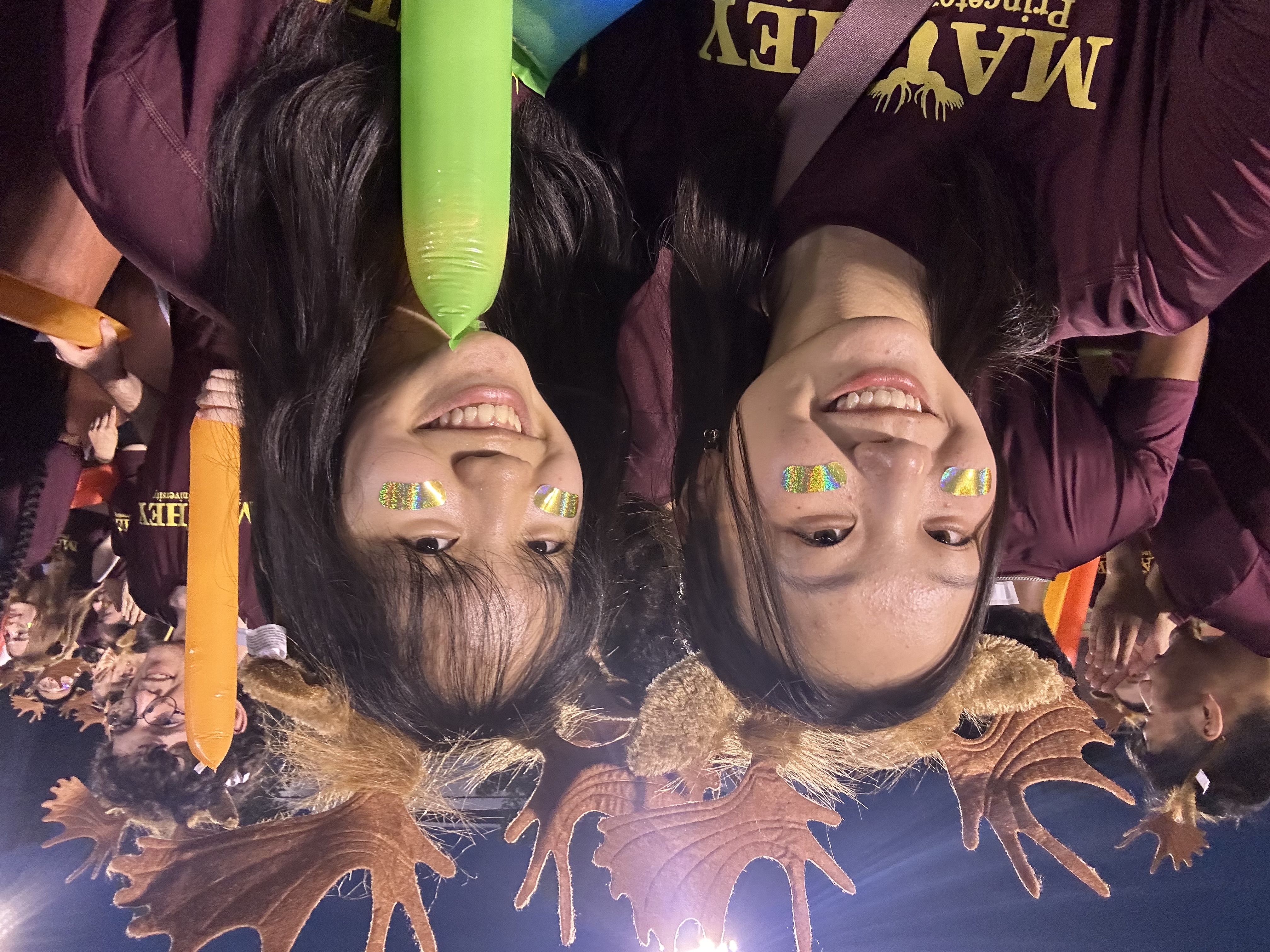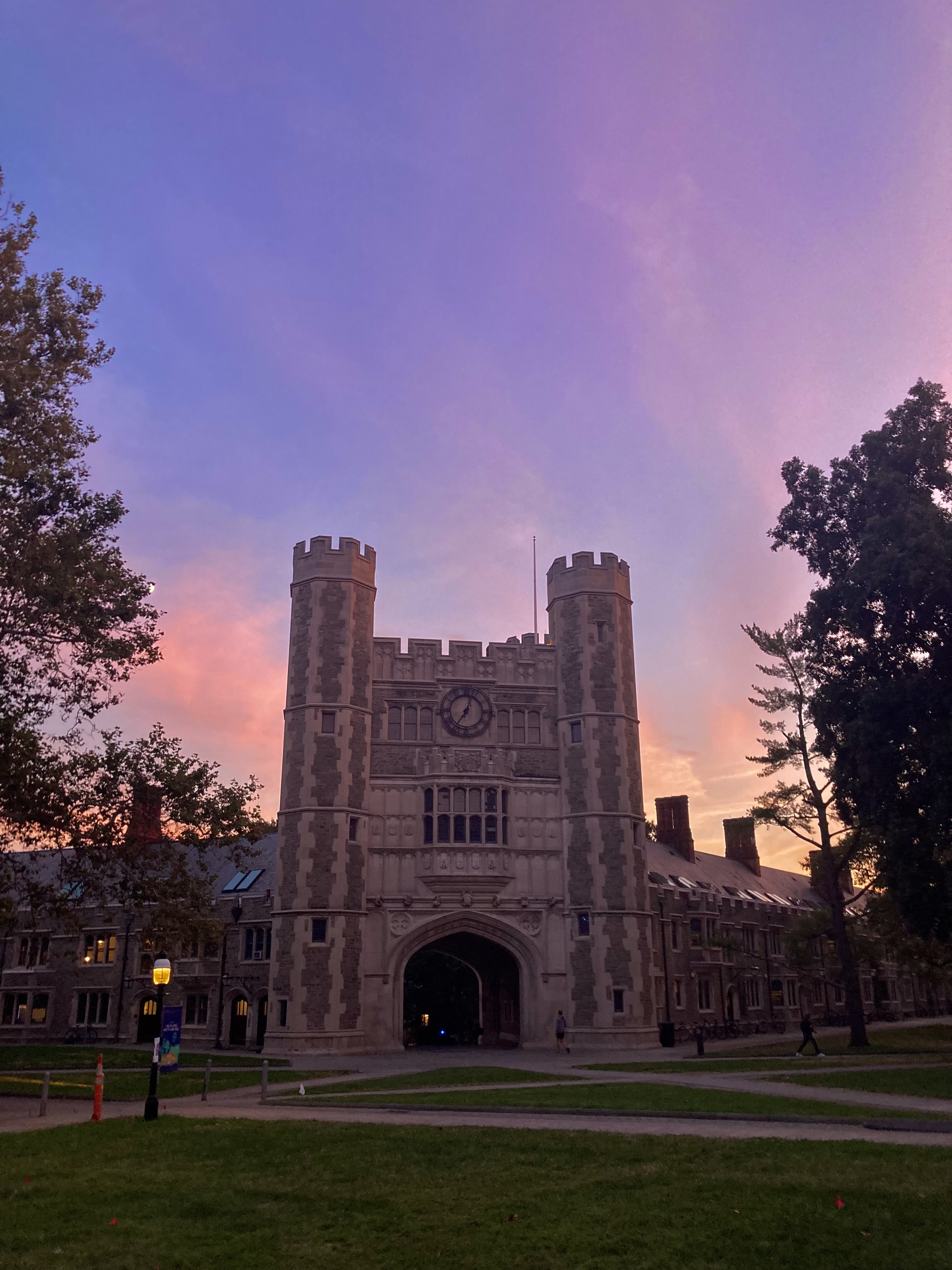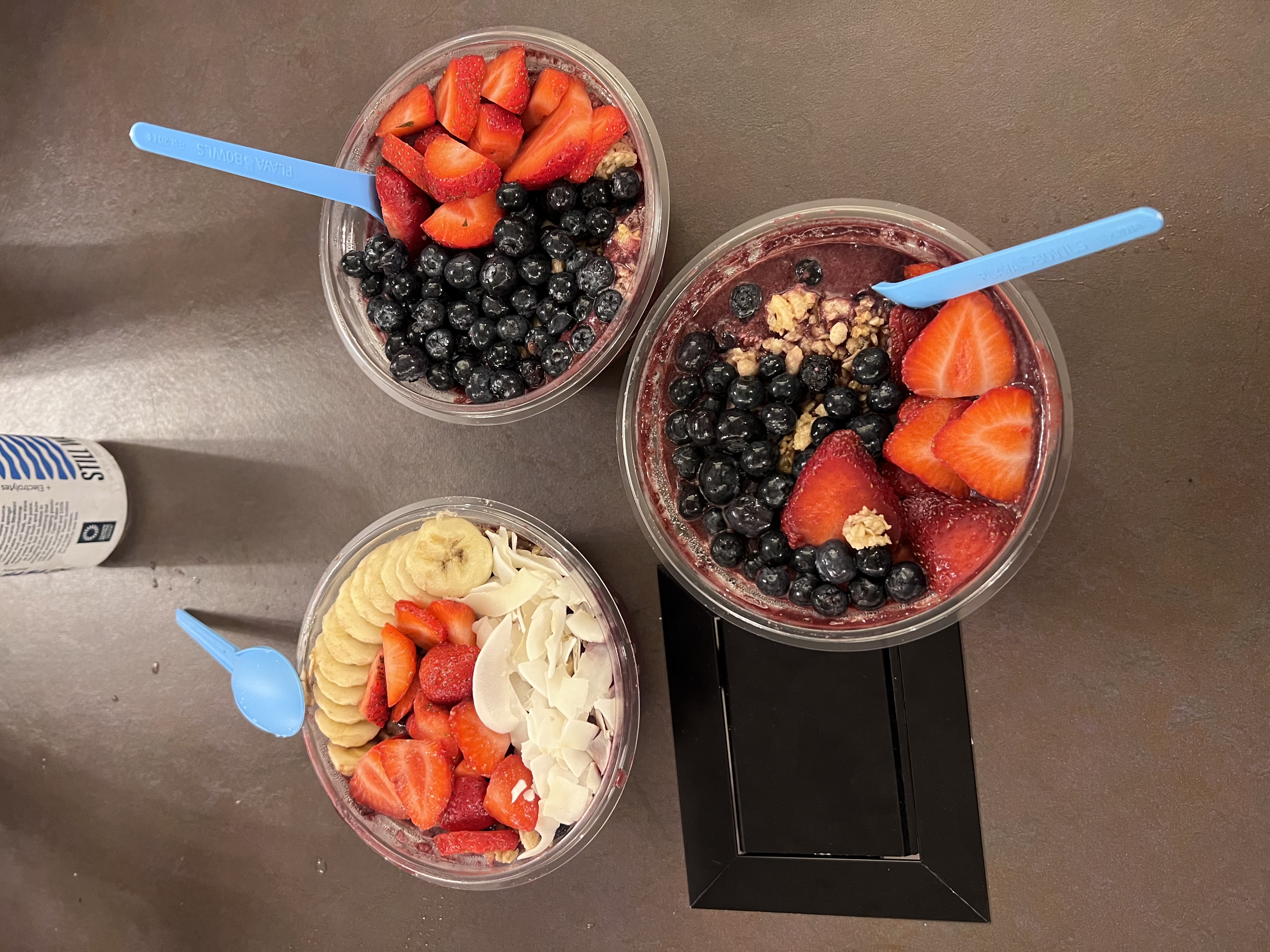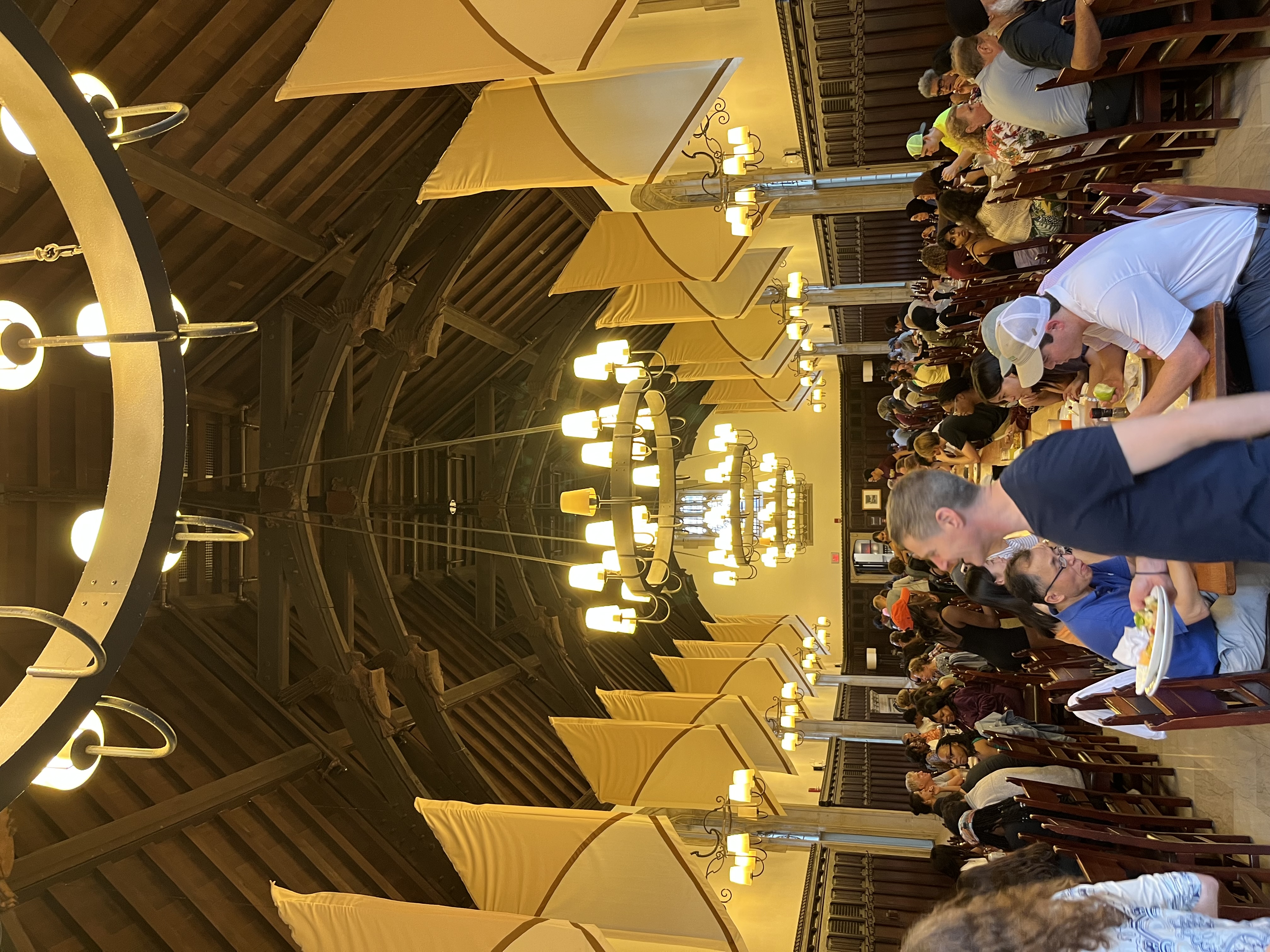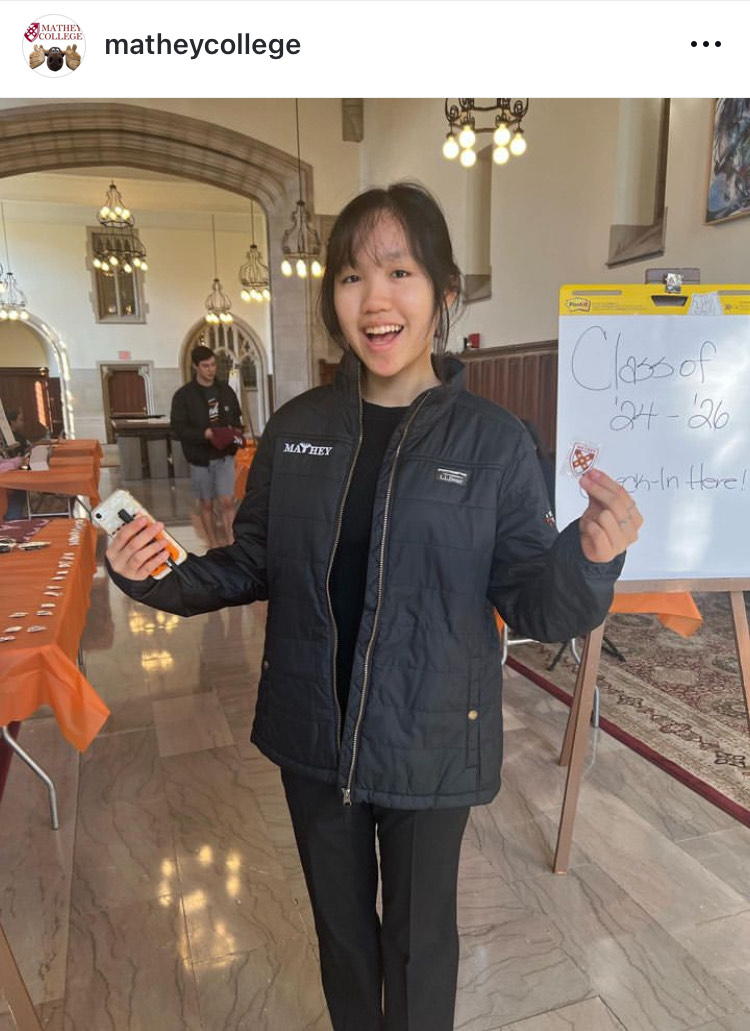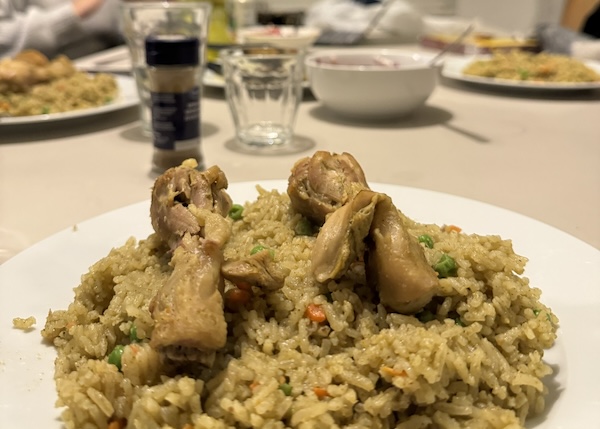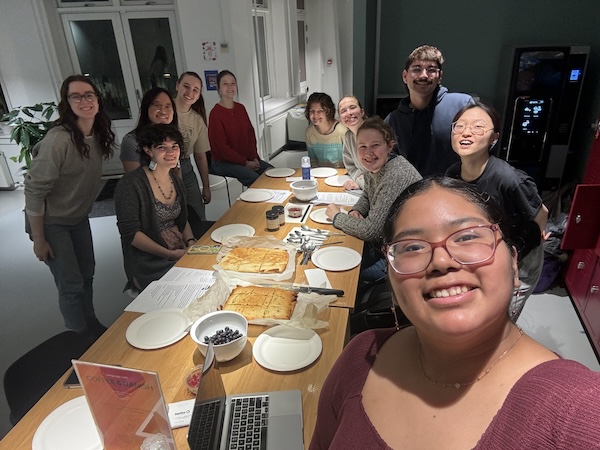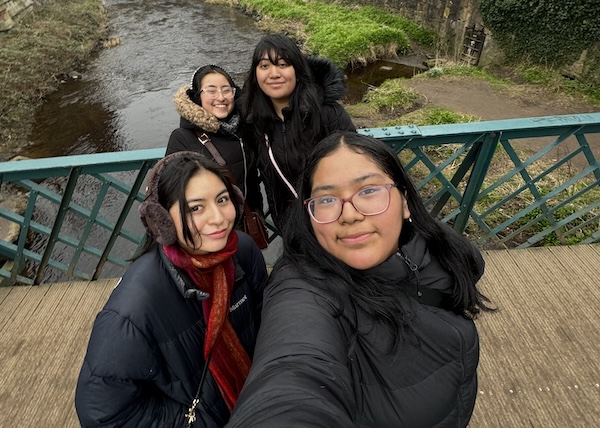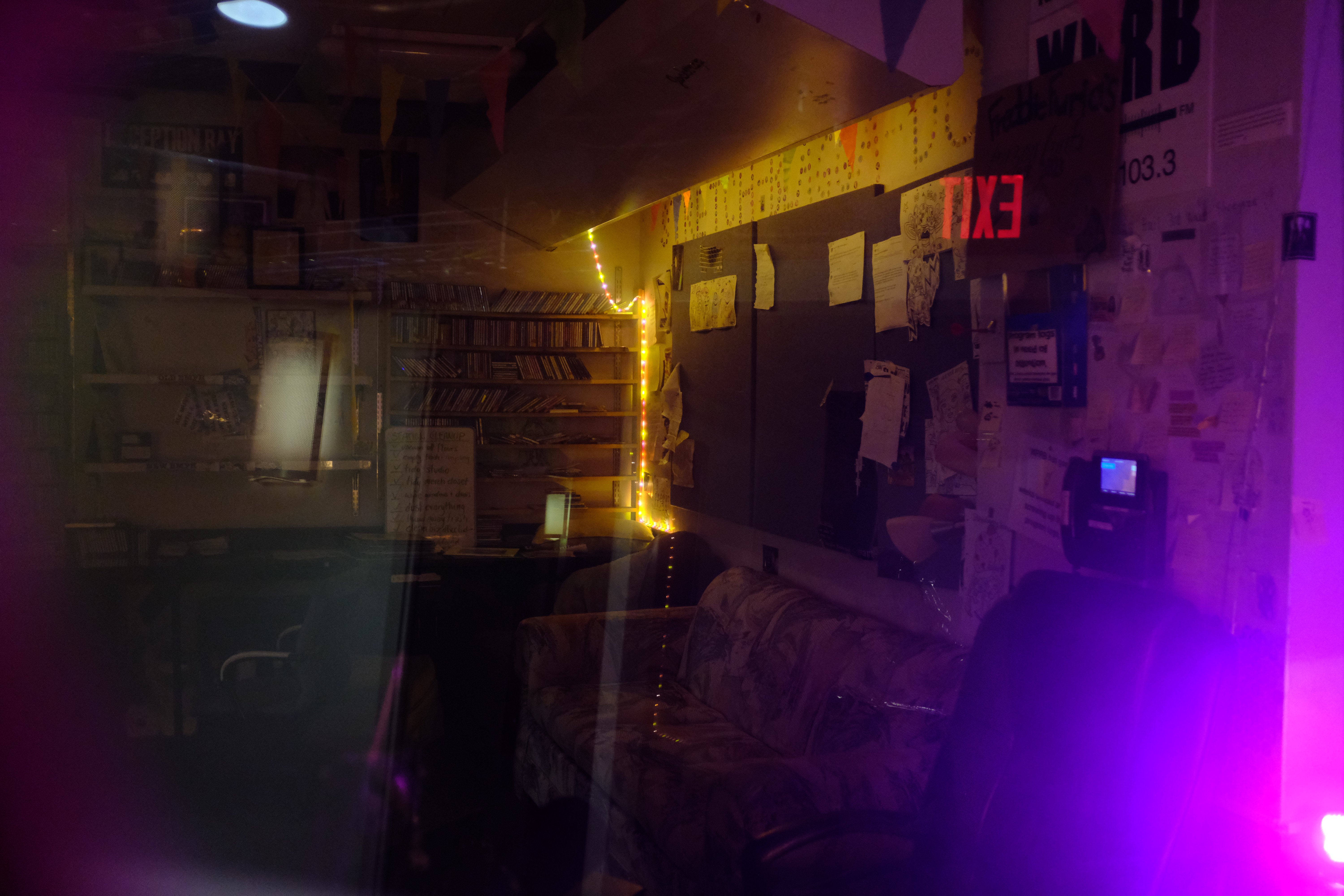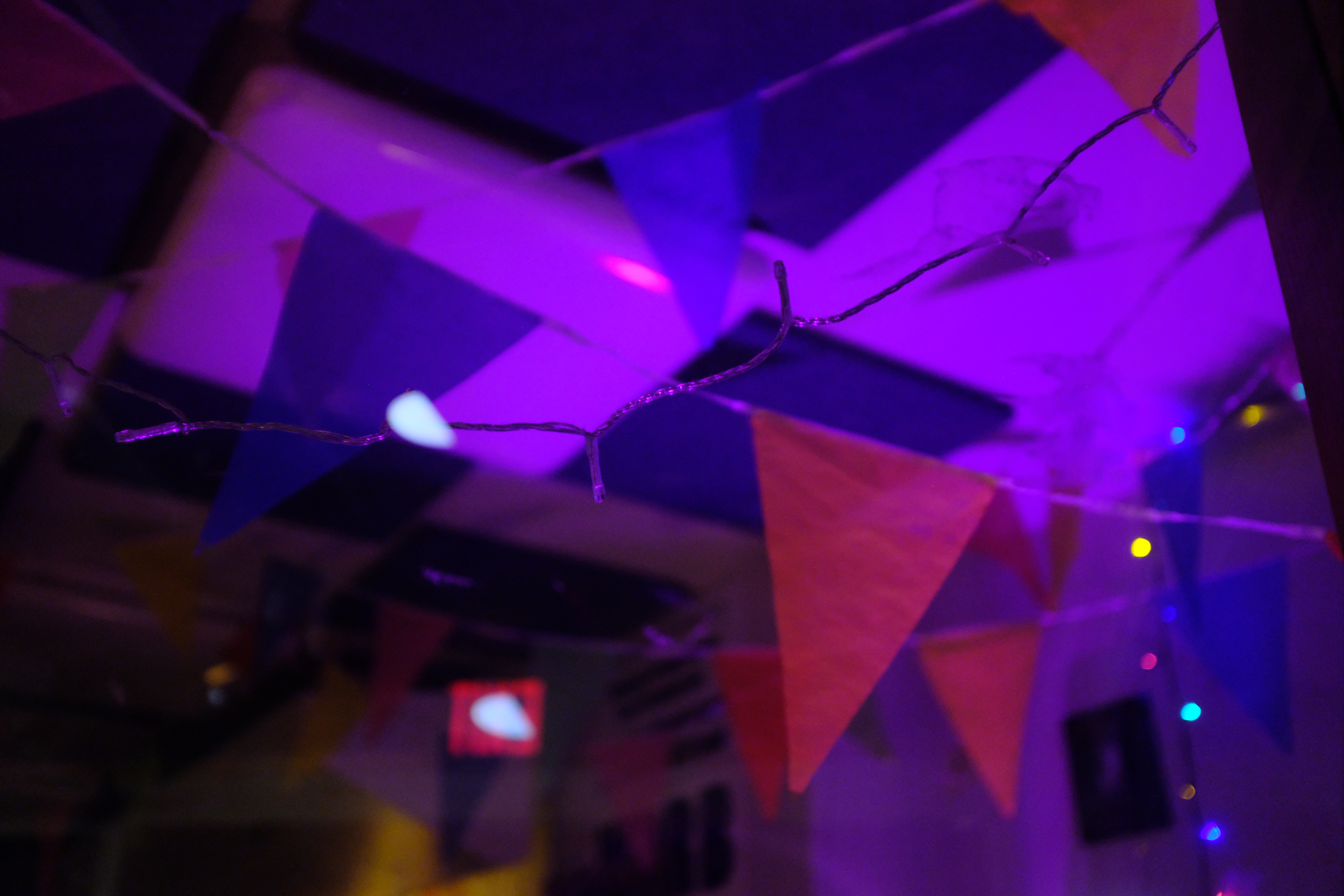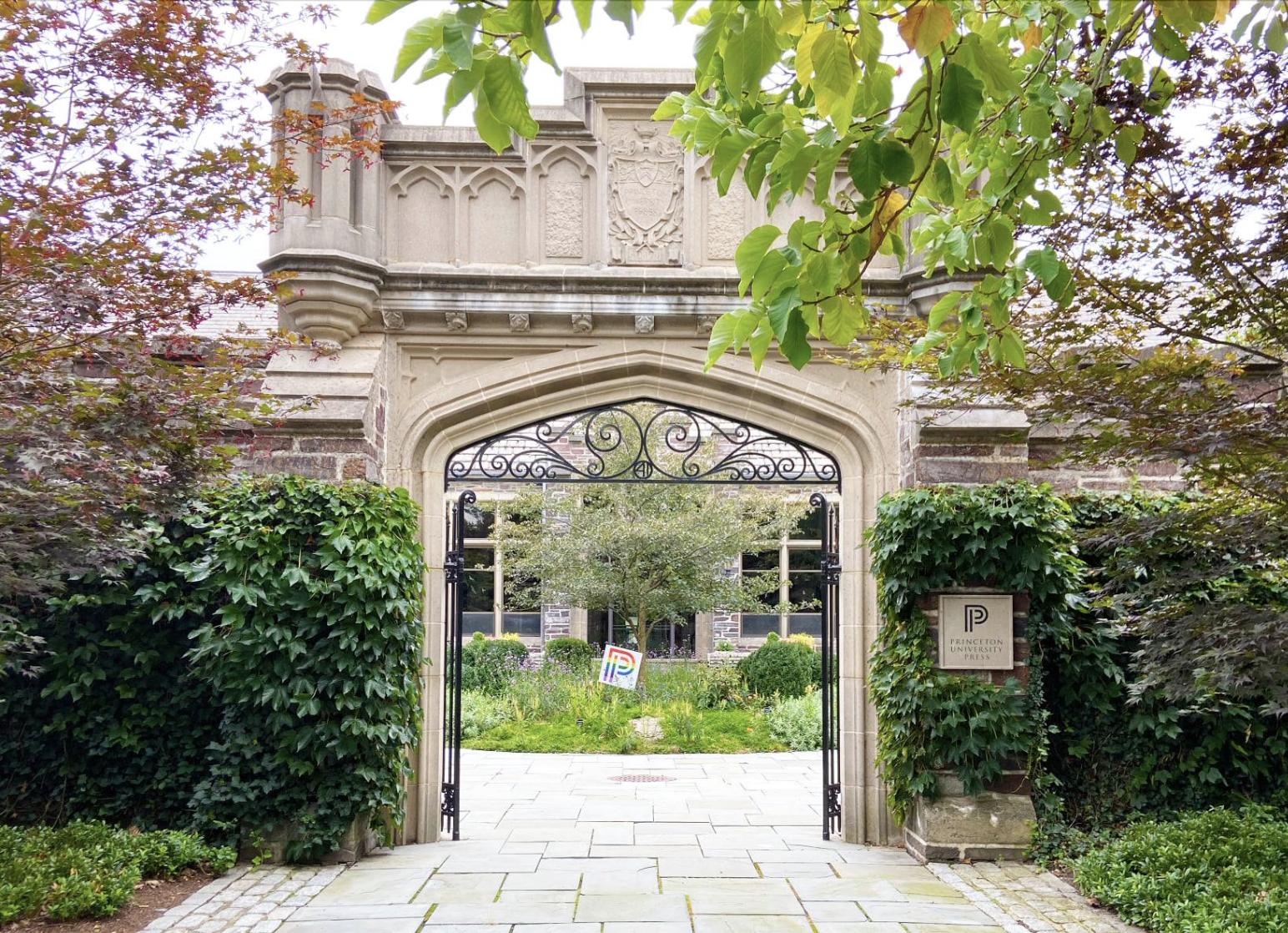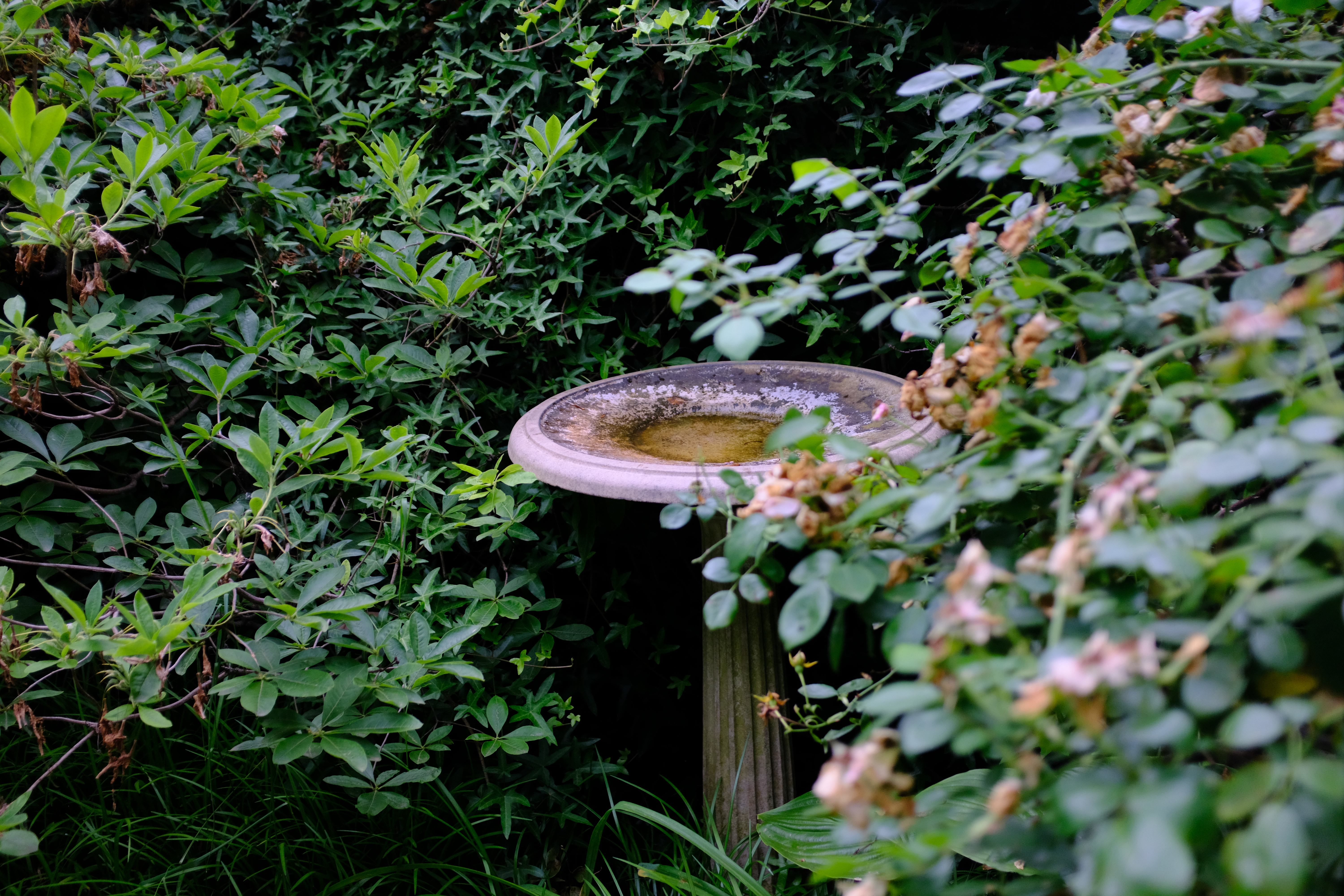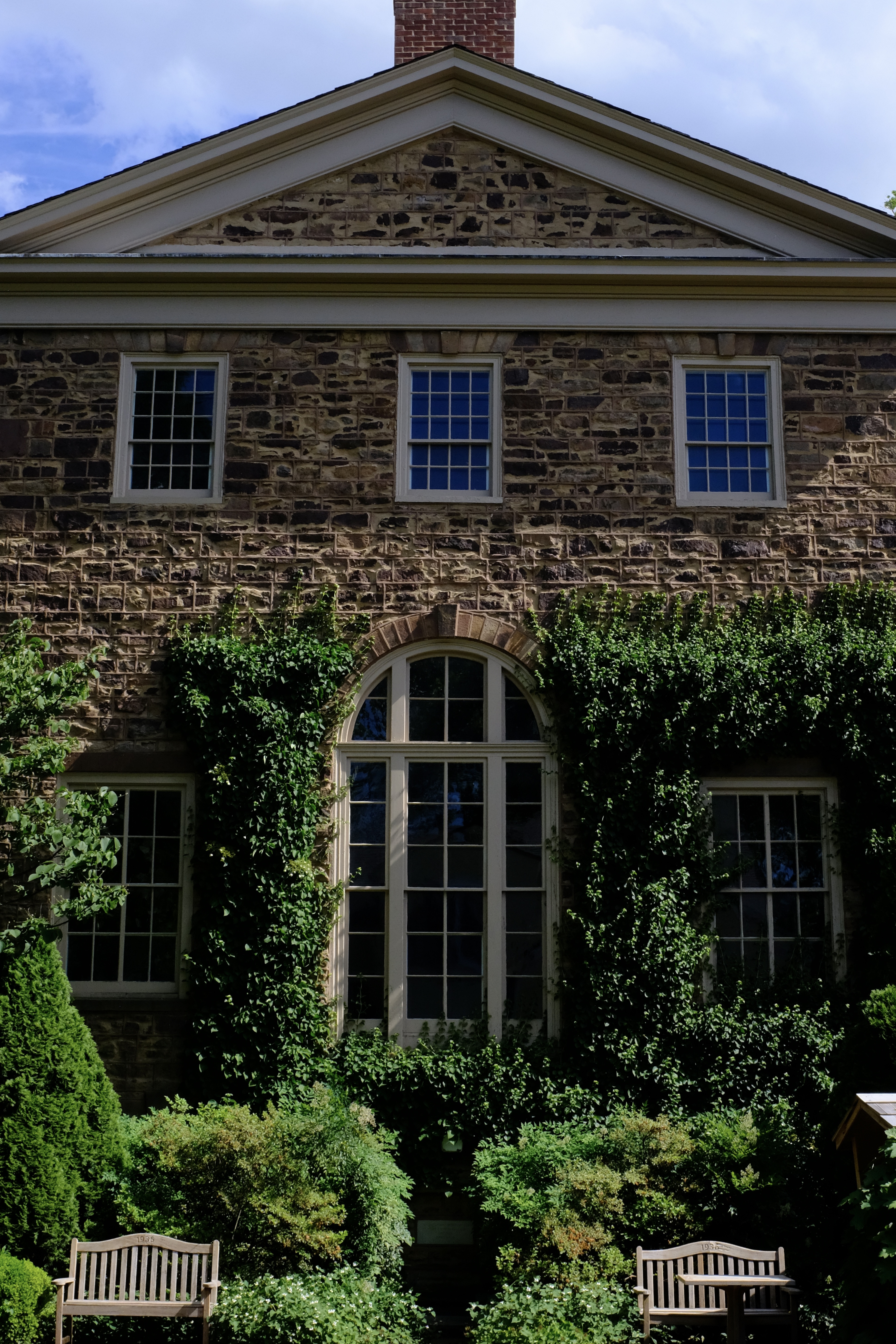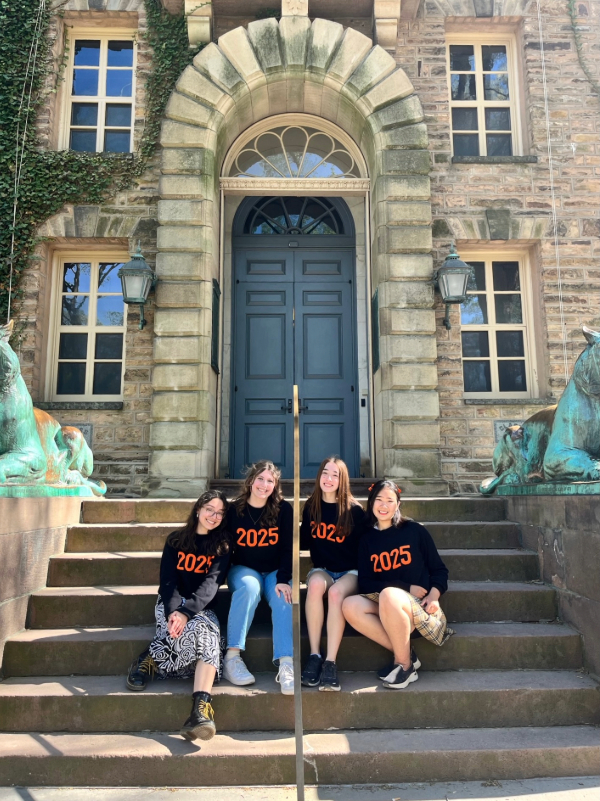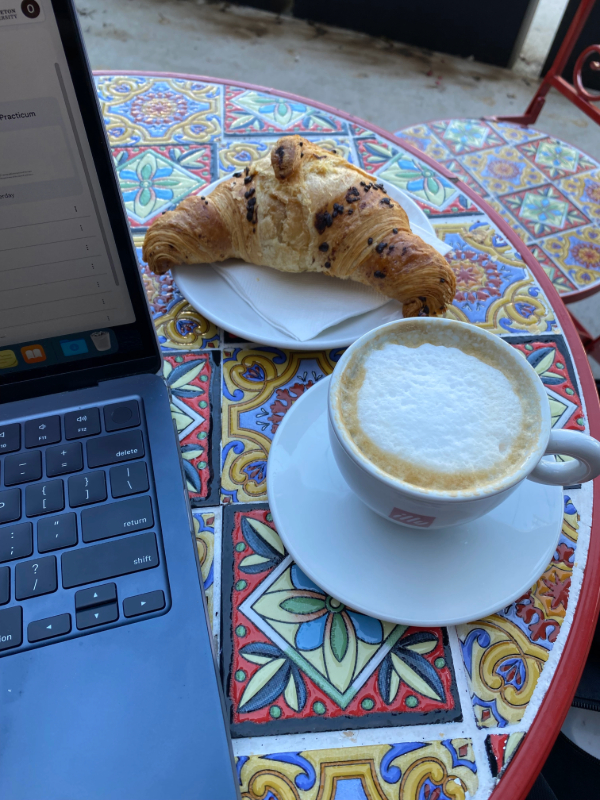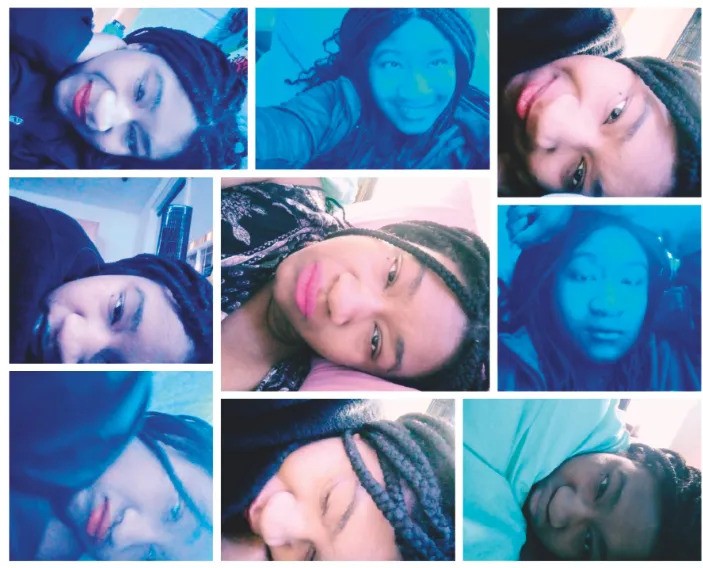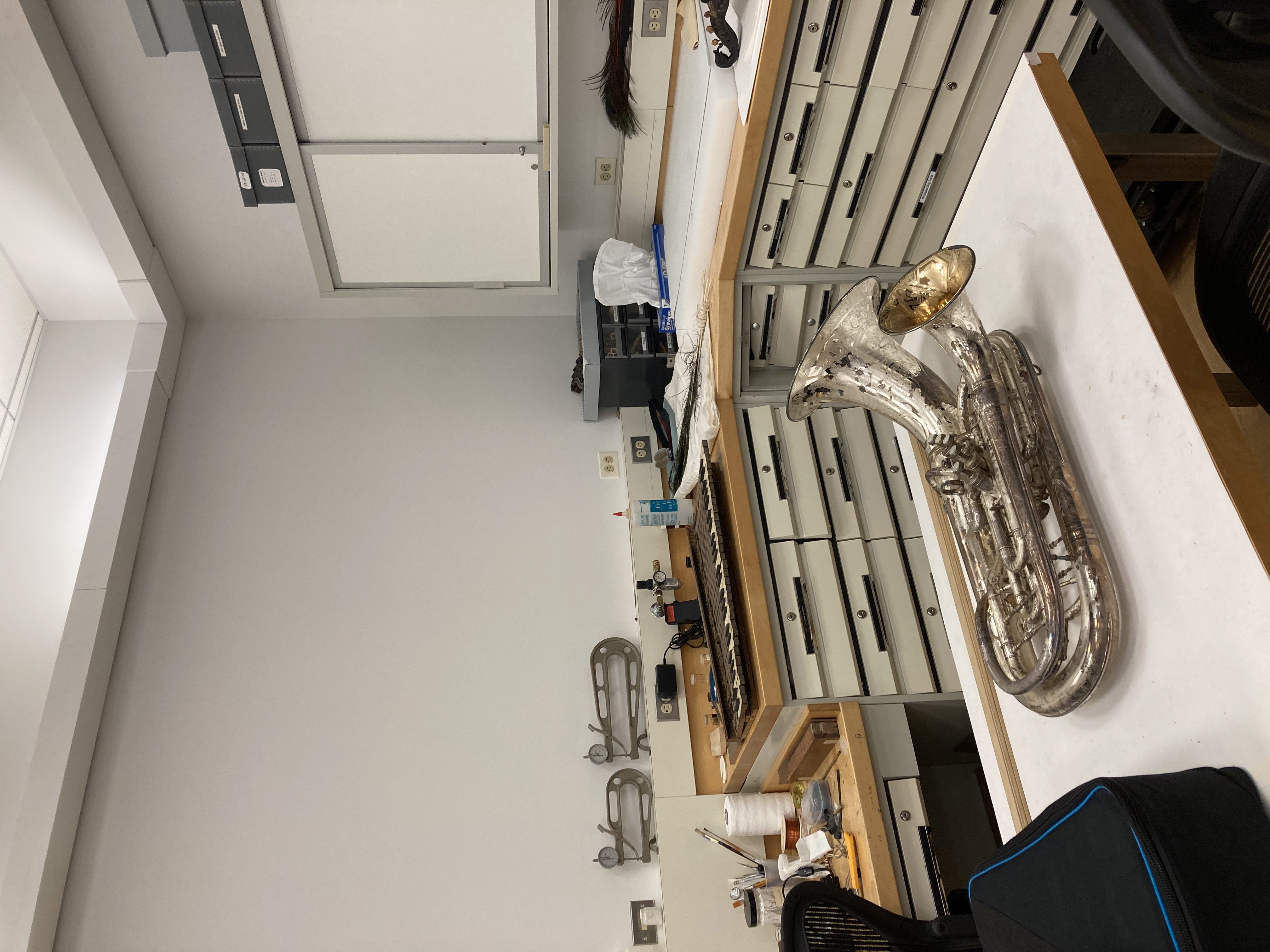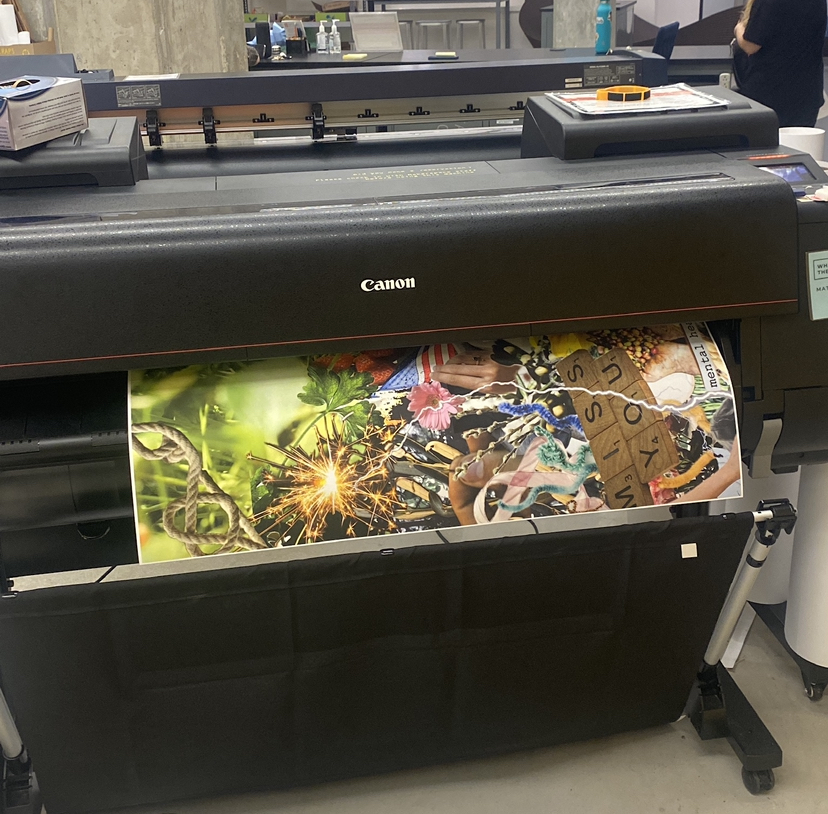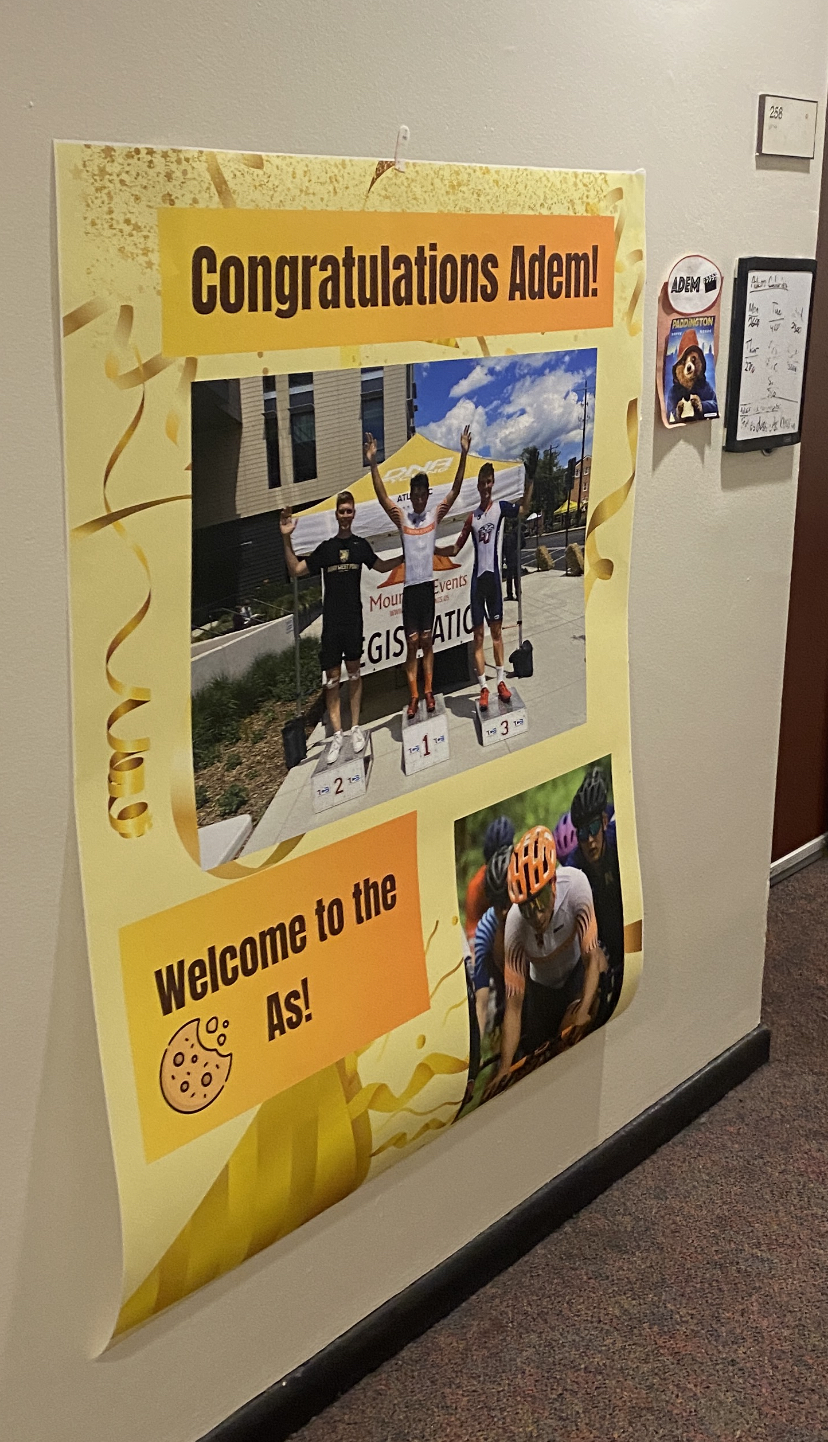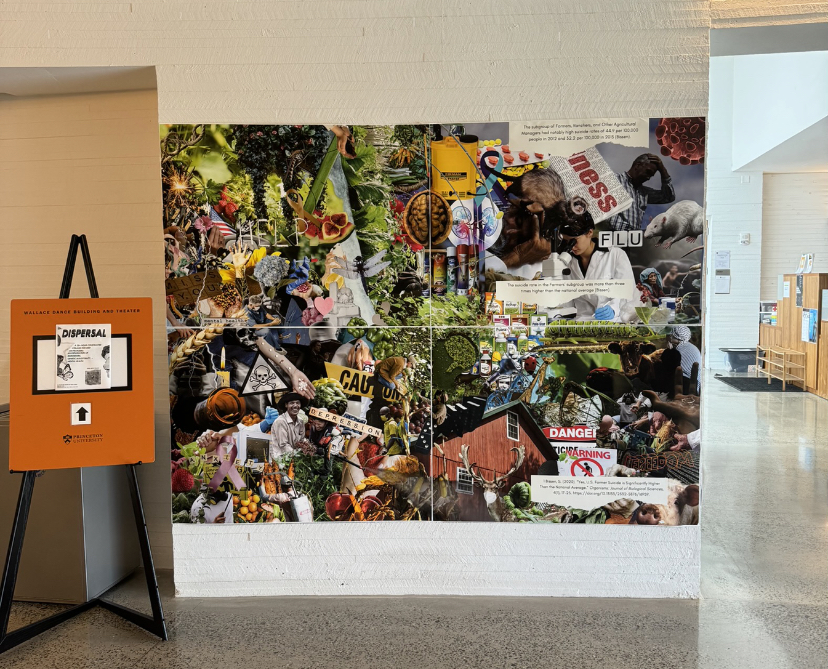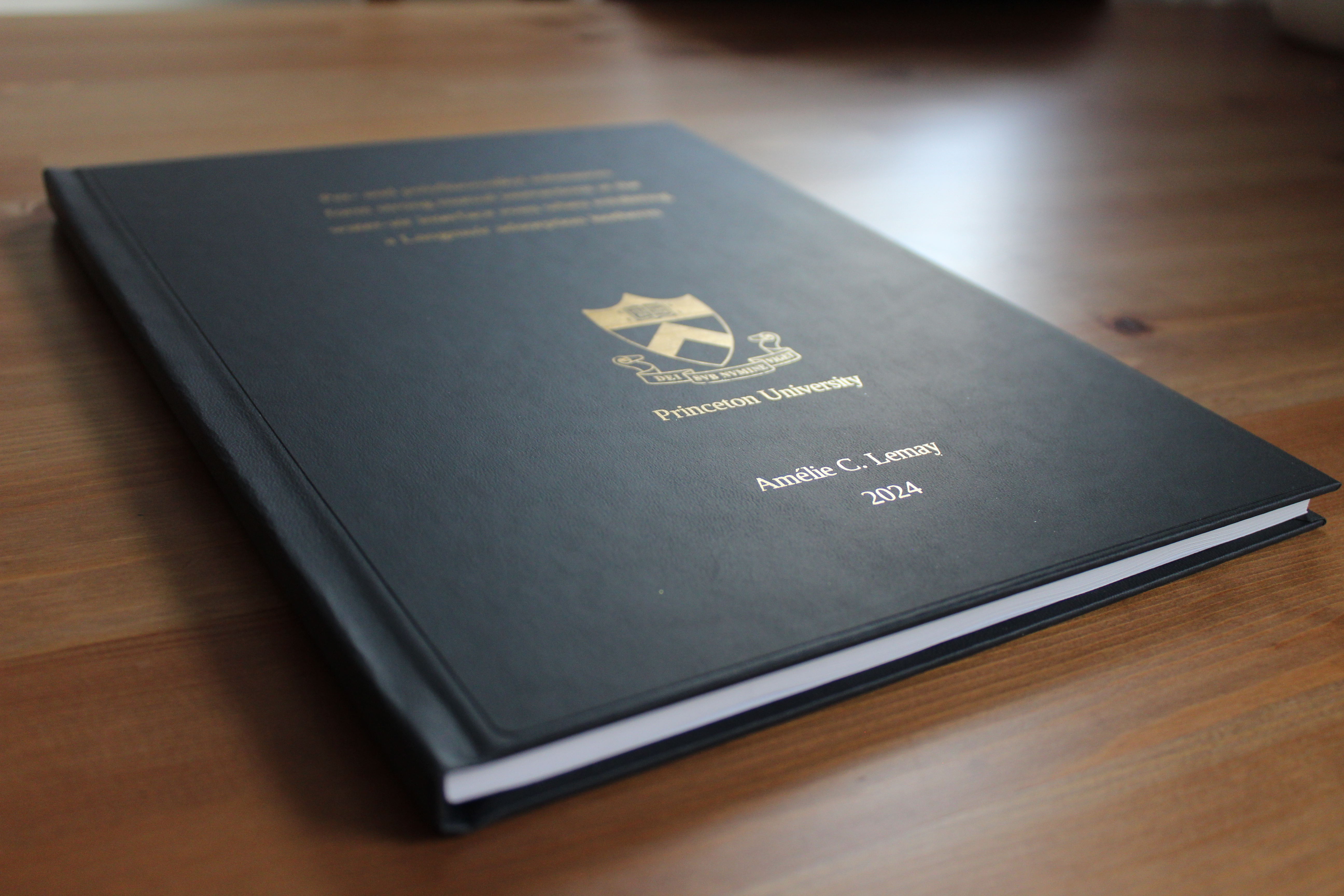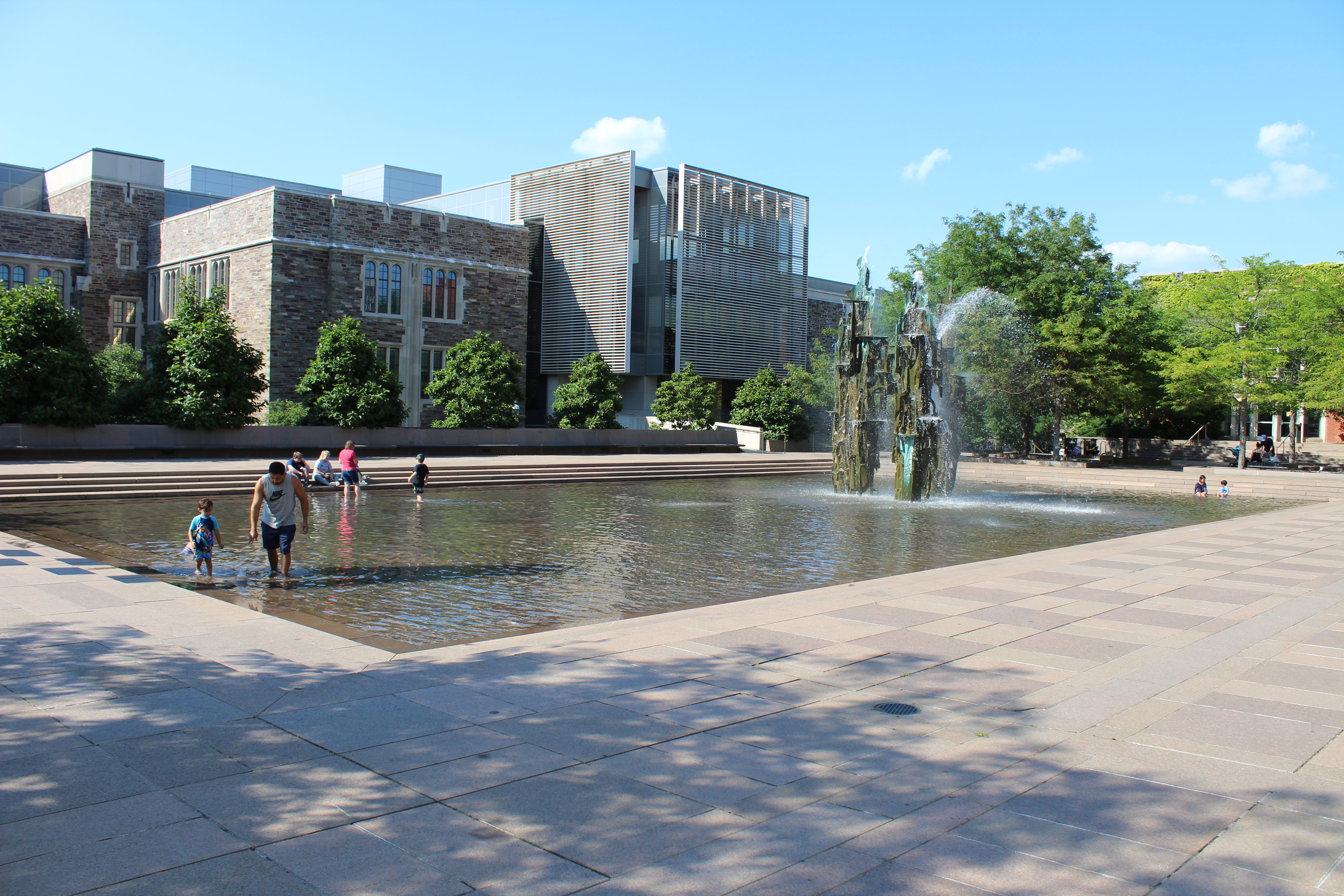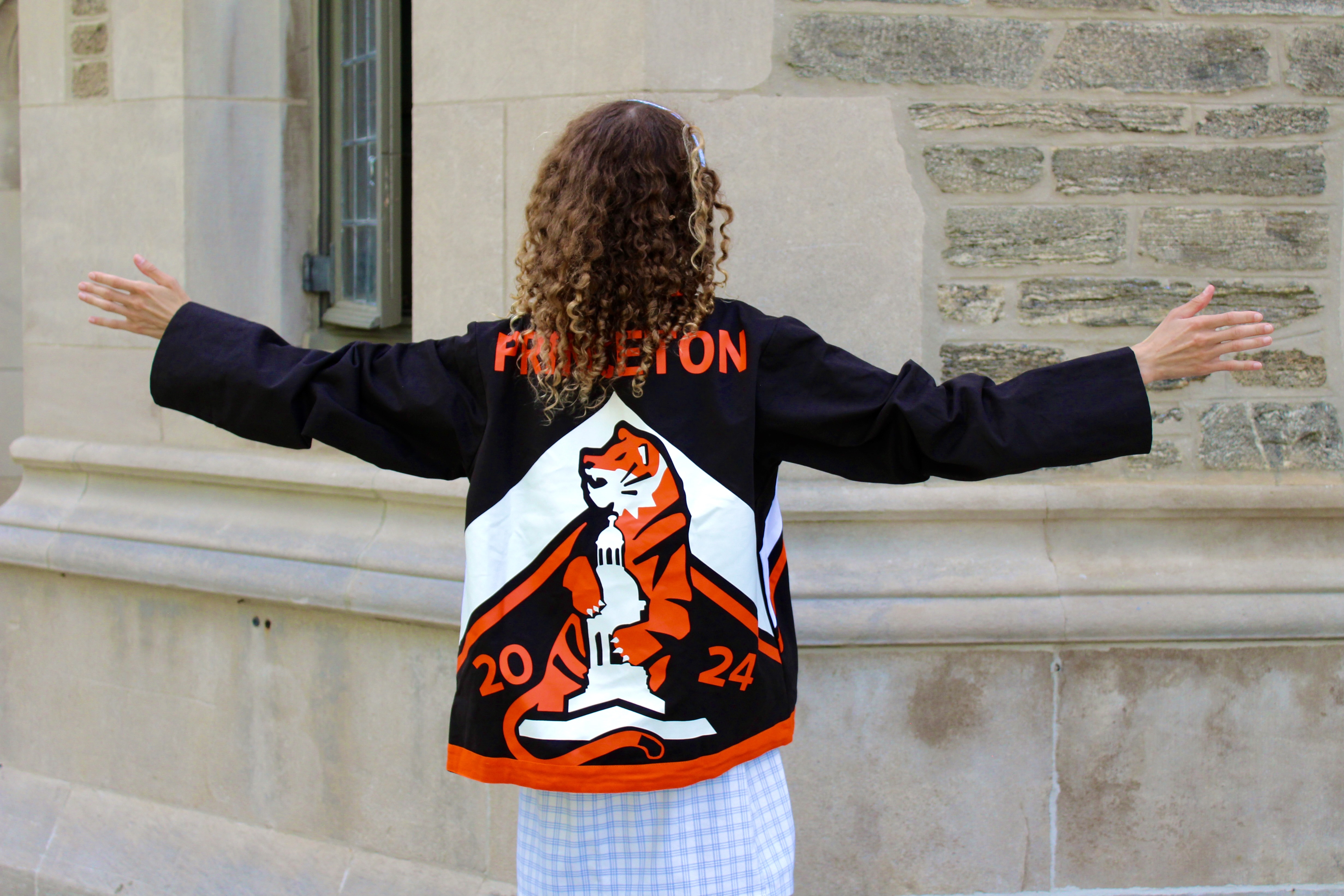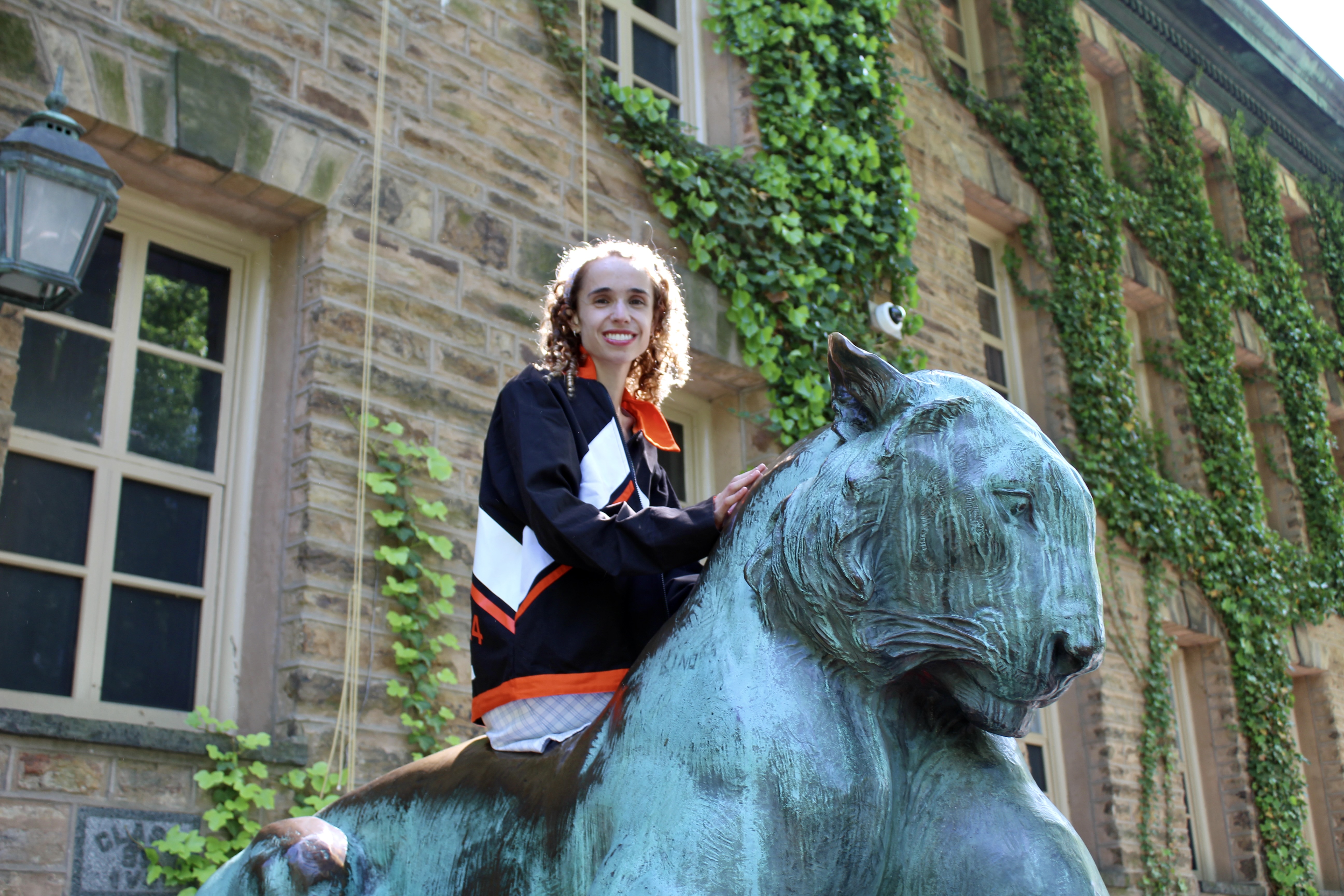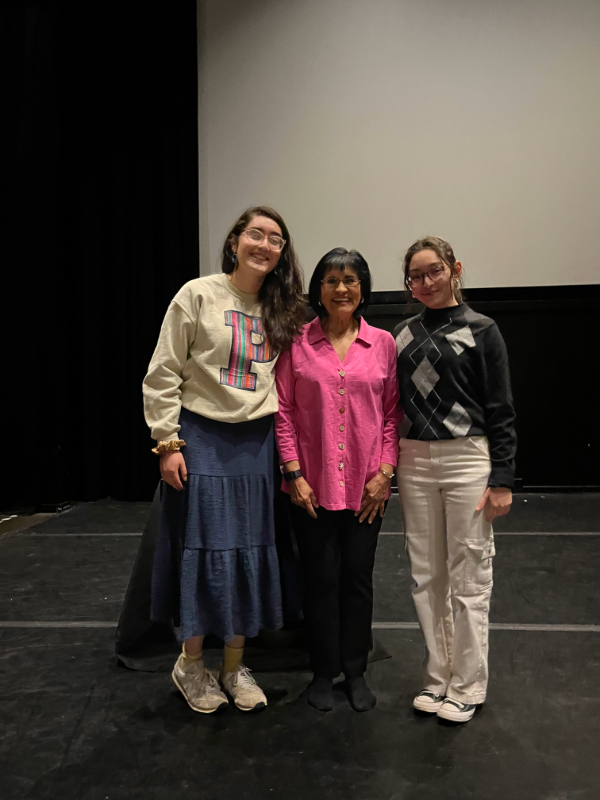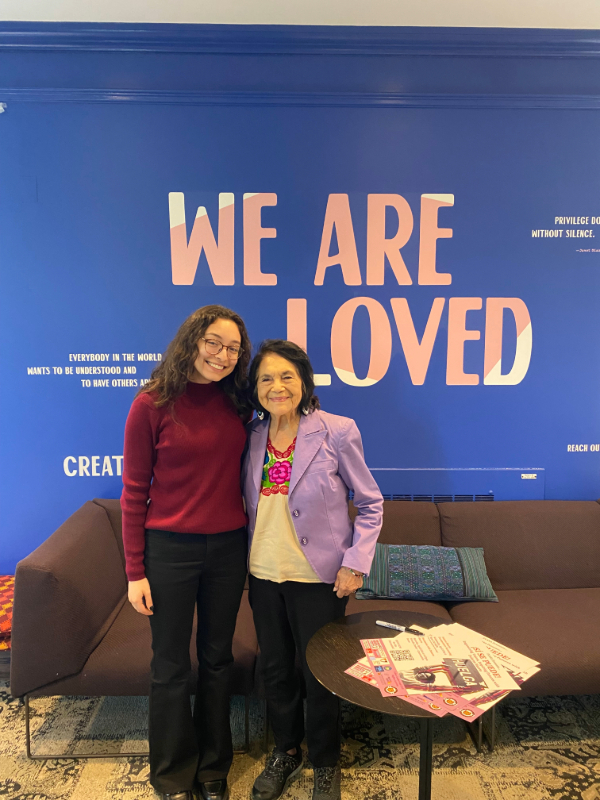Many Princetonians find themselves on the east or west coast, whether through an internship during school or a job after graduation. As part of a larger trend, the middle of the country is often overlooked, flown over, and forgotten. This sentiment has been valid in my mind up until now. Thanks to one of Princeton’s Center for Career Development’s job/internship fairs, I found an opportunity hidden in an overlooked place: Tulsa, Oklahoma.
When I first walked up to Atento’s booth, I had no clue who or what their company was. It turns out, they are a venture capital firm out of Tulsa, OK, looking to do good by unlocking unsung potential in marginalized founders. Their mission is to provide capital to groups who are often overlooked. There is no better place to do so than Tulsa.
When I first heard that I got the internship, I was excited, but then I realized that I’d be in Tulsa for the summer—essentially the middle of nowhere. Oh, how wrong could I have been? Since coming to Tulsa, I have been pleasantly surprised. Although the city is nowhere close to the likes of NYC, San Francisco, or other coastal metropolitan cities in terms of size, it is still a city with its own unique culture. This culture is what makes Tulsa amazing.
Tulsa is growing, and growing fast. In the past, Tulsa was the ‘Oil Capital of the World’ and home to what was known as Black Wall Street, both of which are no longer, but it is now trying to become great again. My internship has given me some insider knowledge on this mission, and it seems to be coming into fruition, thanks mostly in part to the philanthropy of George Kaiser.
George Kaiser, in short, is a philanthropic billionaire who made his money from his family's oil and gas company as well as the Bank of Oklahoma. He acknowledges the life he was born into and has pledged at least half of his wealth to charity upon his death (the giving pledge). He also has a foundation, the George Kaiser Family Foundation, which is committed to reversing the generational cycle of poverty in Tulsa through early childhood education (among many other initiatives). He is fully committed to making Tulsa a better place, which is symbolized in how much he has done for Tulsa, including his flagship park, the Gathering Place, and what he plans on for the future. With this backing, Tulsa will be a great city once again, included in conversation with other large cities.
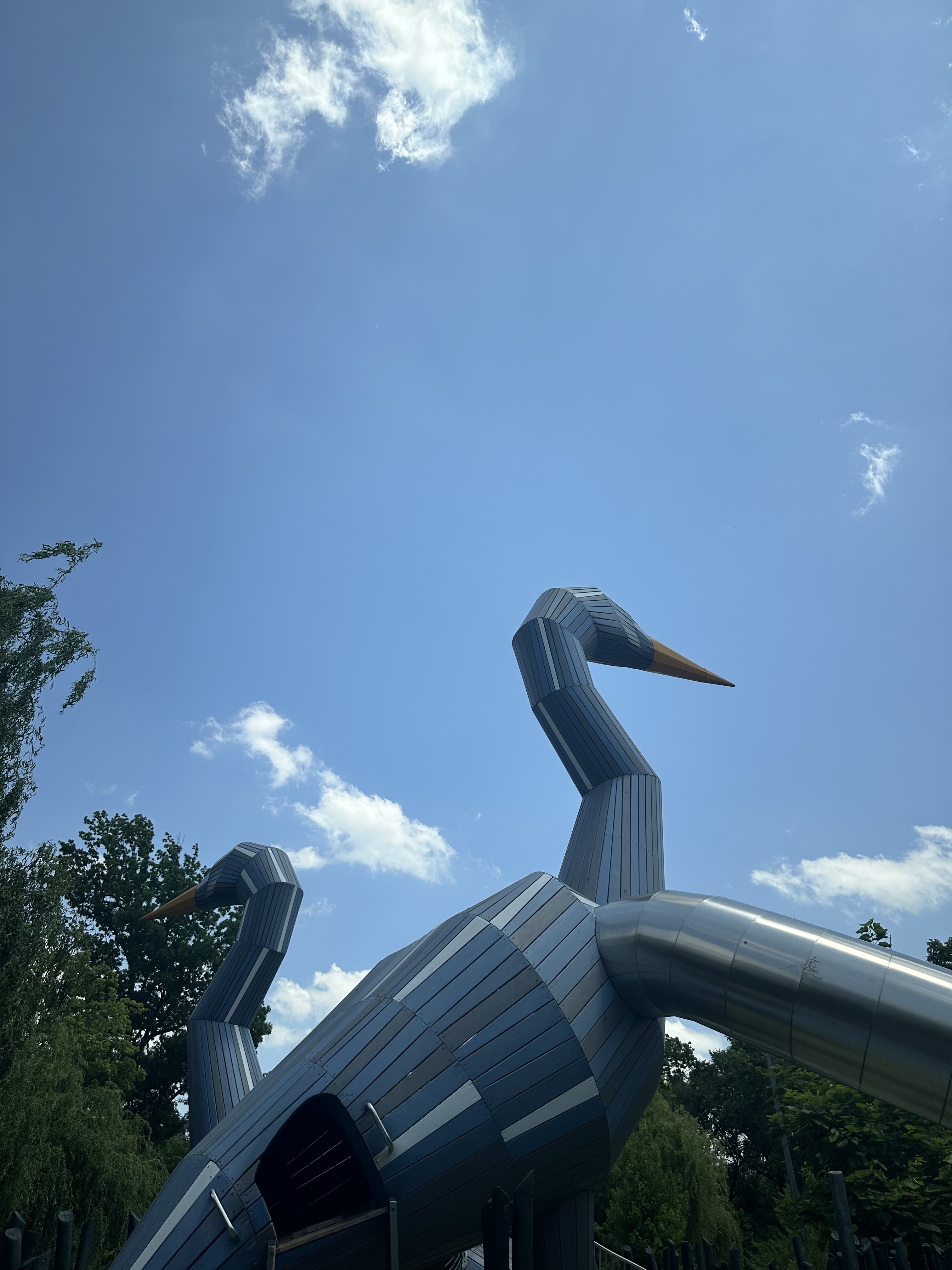
You may be wondering what the point of this blog is, well, it is to encourage my fellow Princetonians and others alike to take a chance and explore opportunities in ‘unknown’ places. It is hard to find those hidden gems, if you aren't open to looking for them. Maybe moving to a city you never pictured yourself in could be an amazing opportunity. If venture capital has taught me anything, it's time to invest in a small city!







